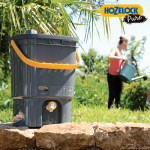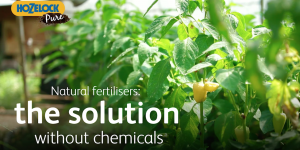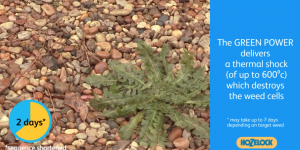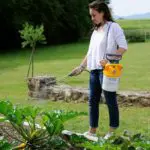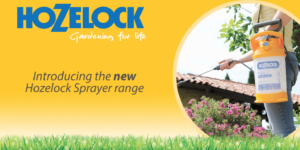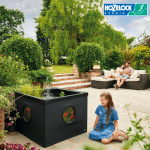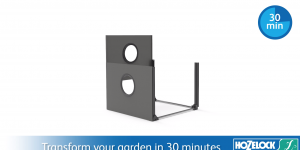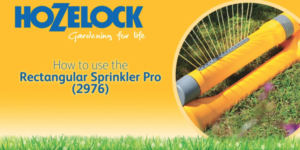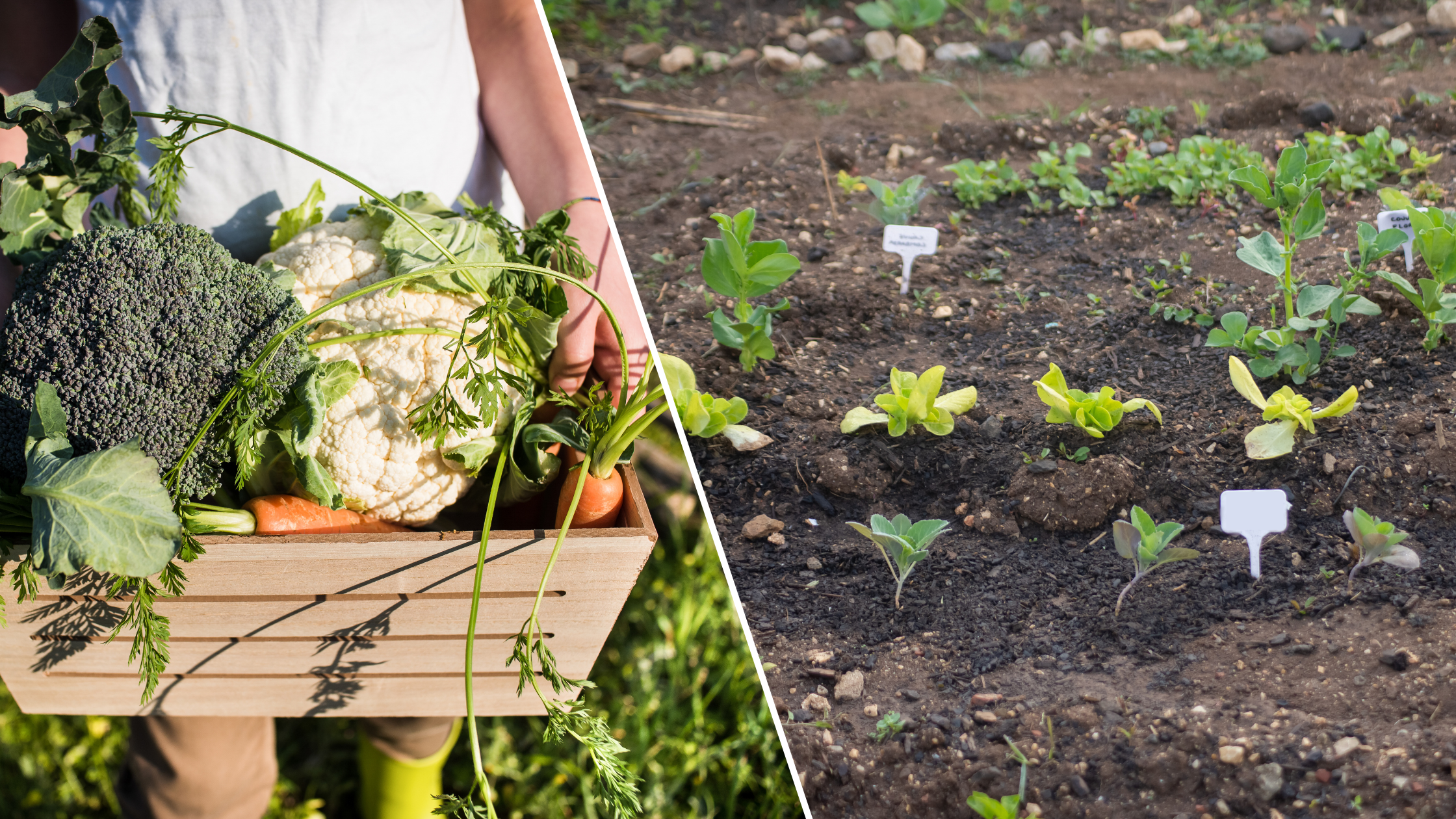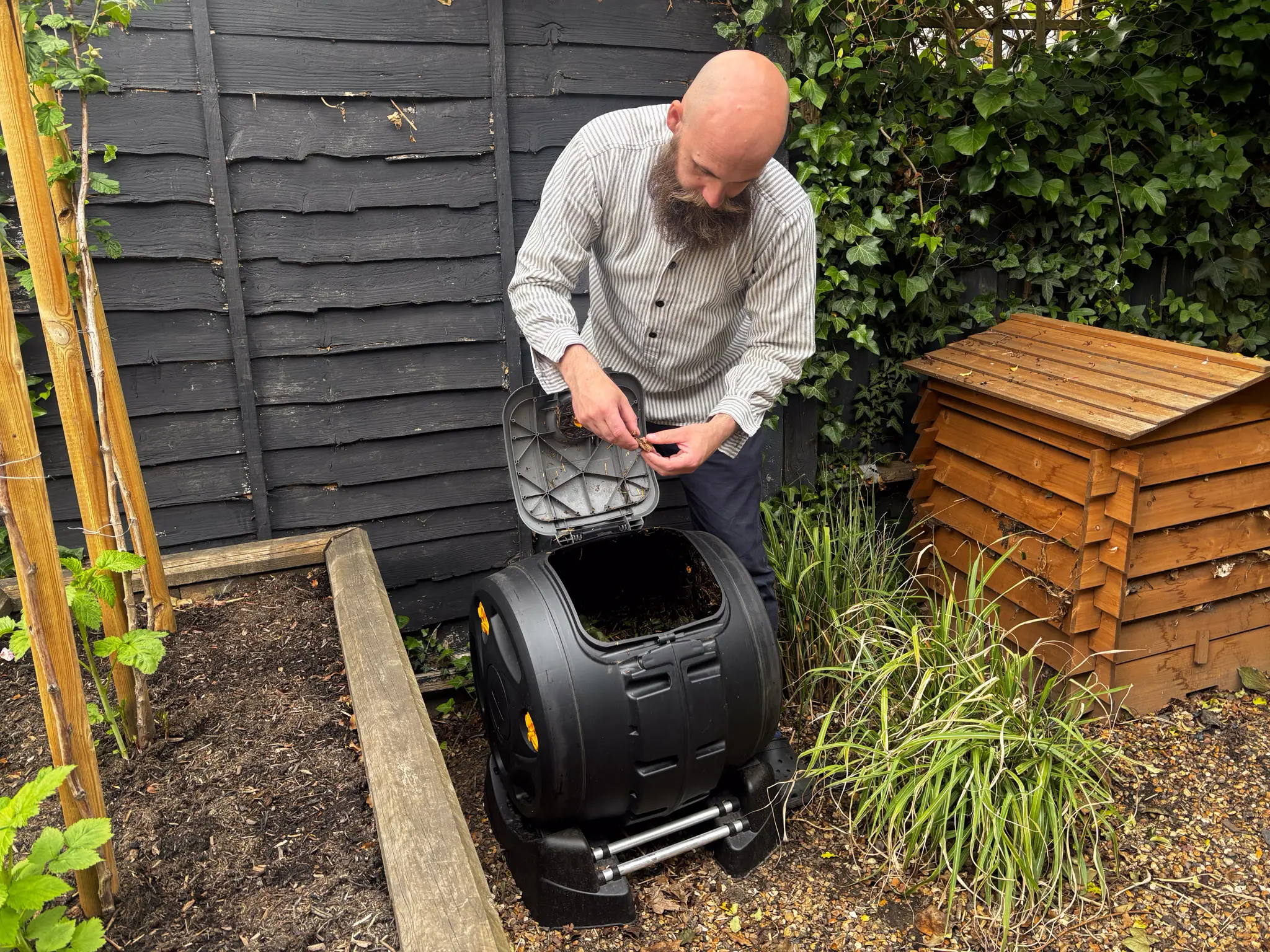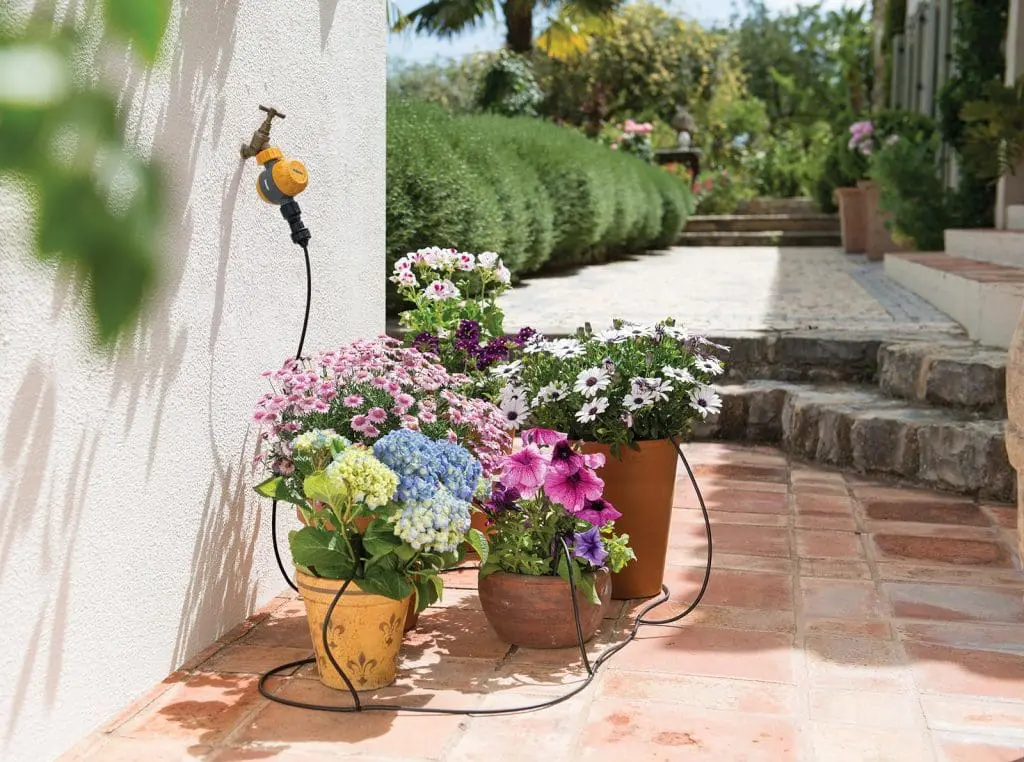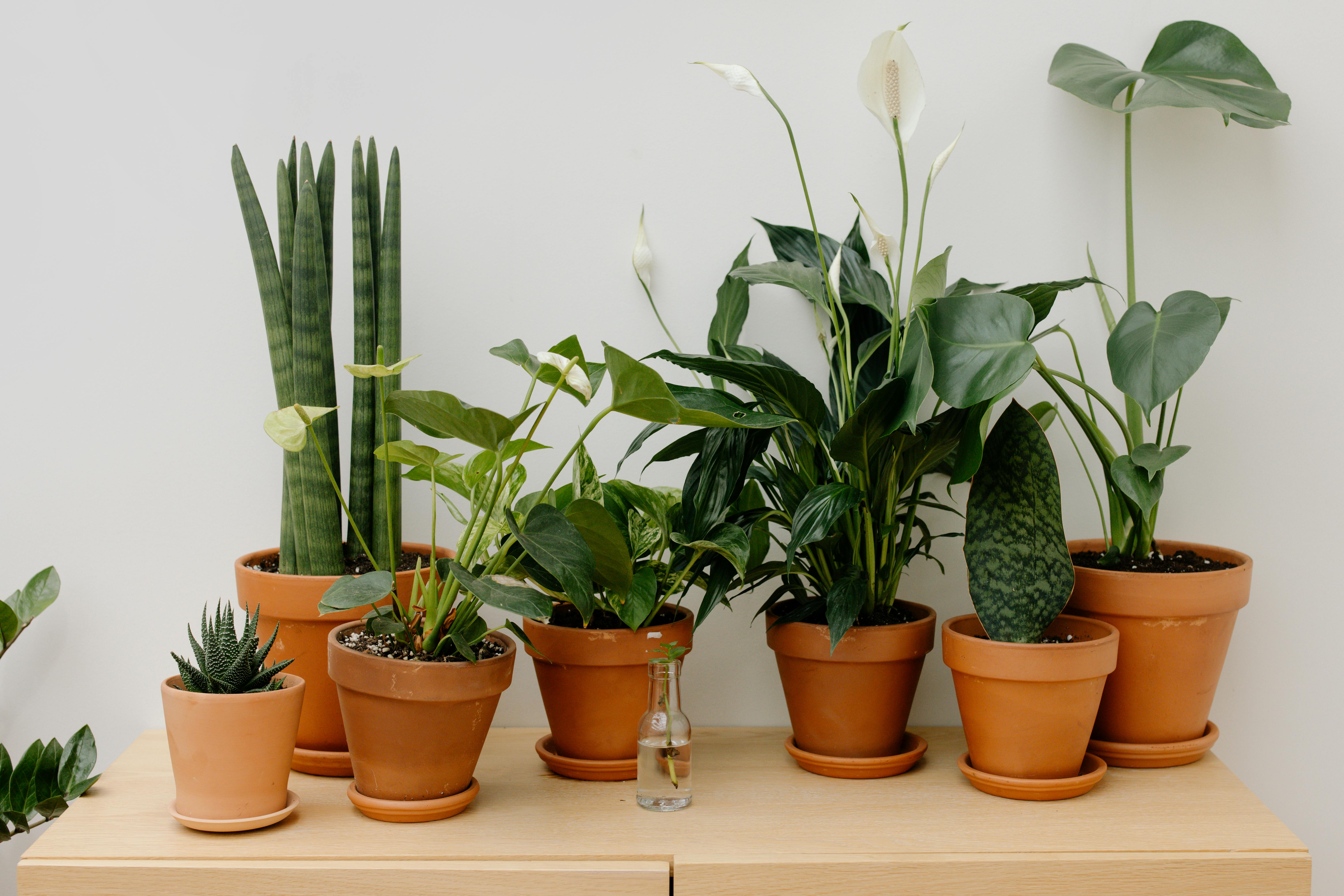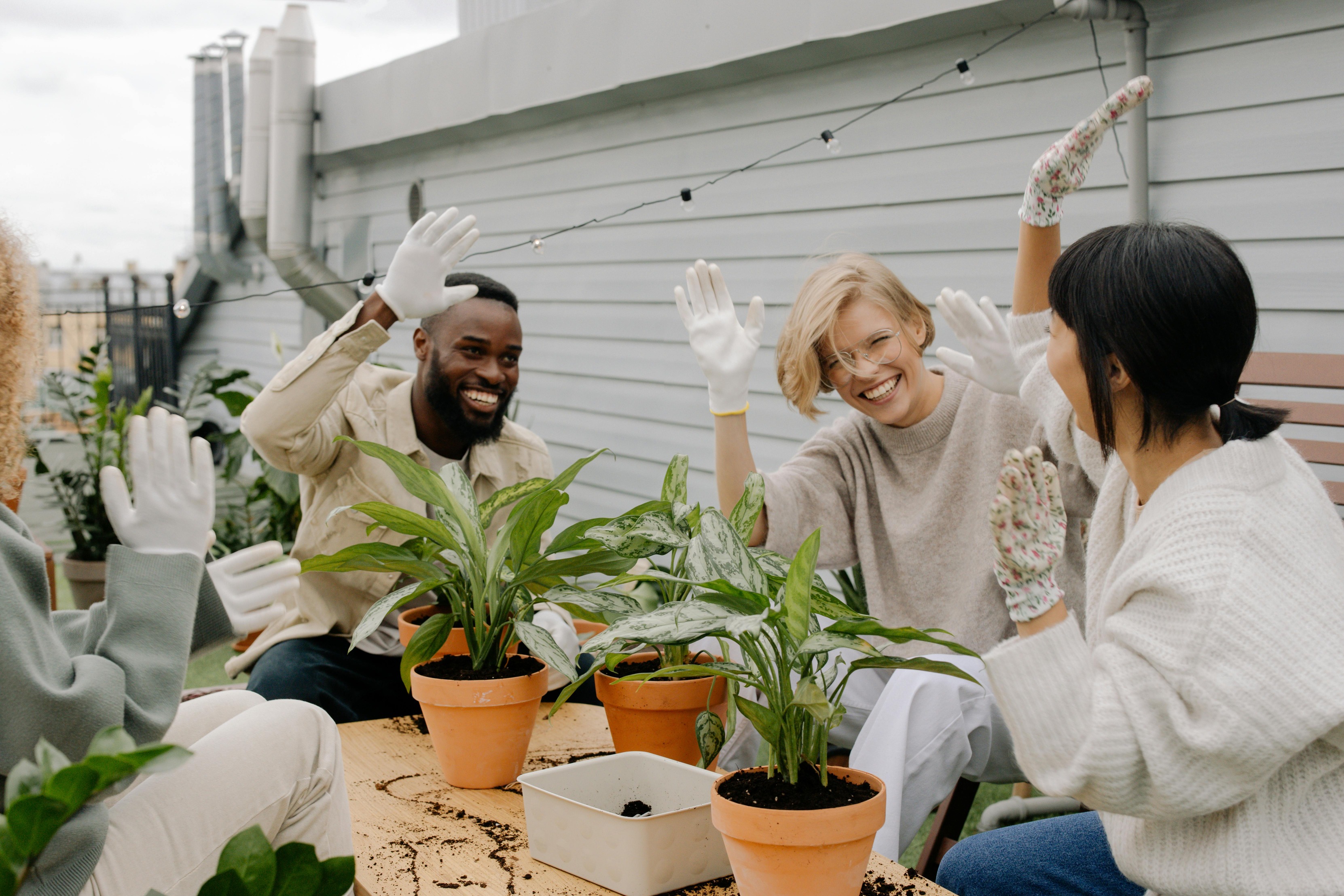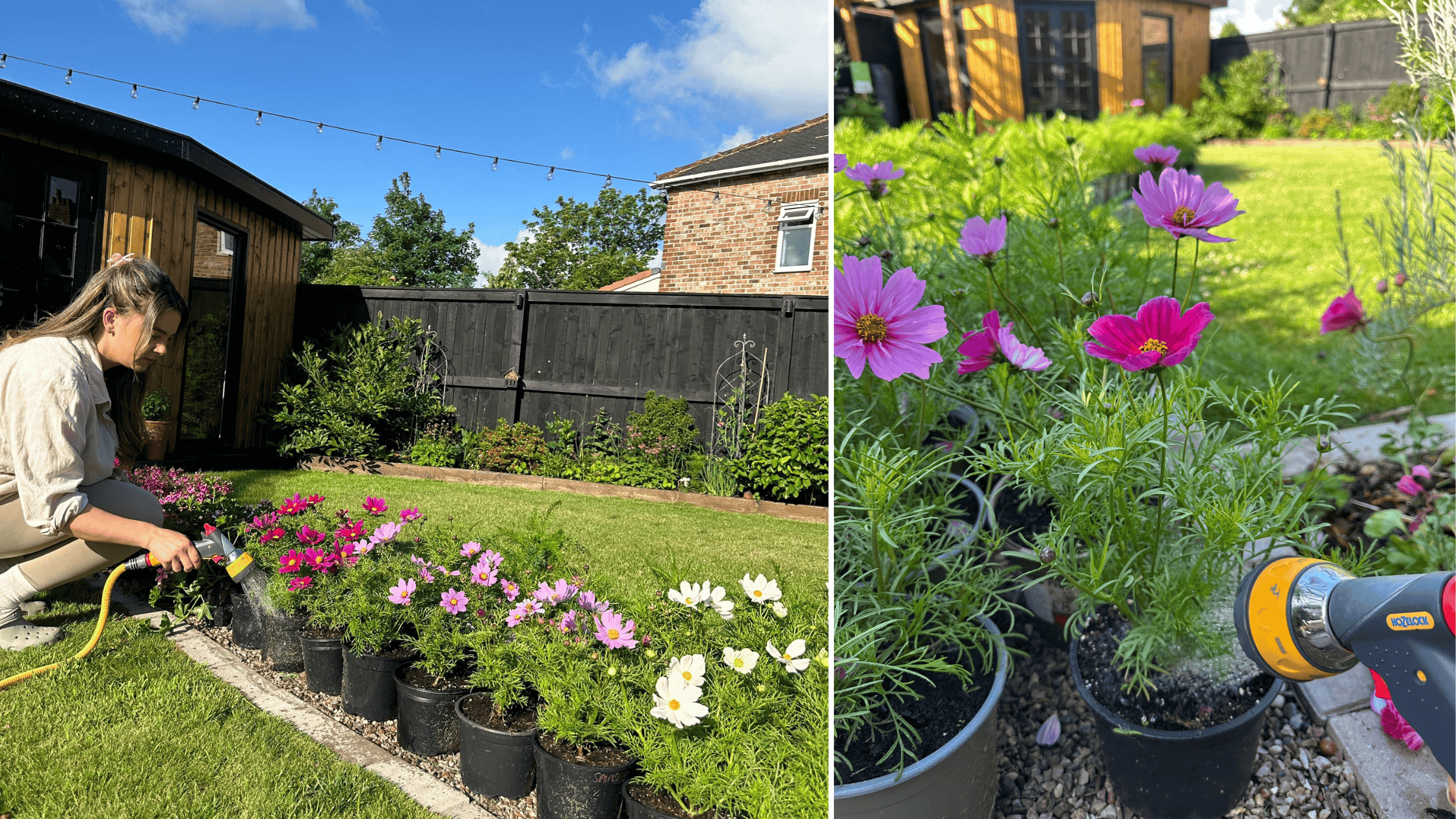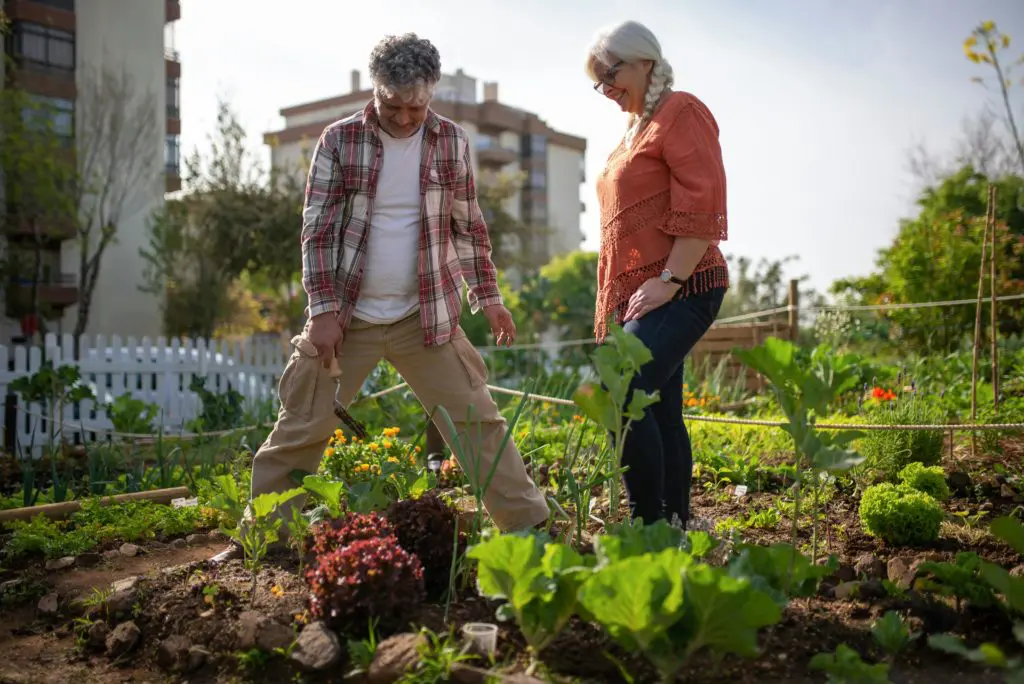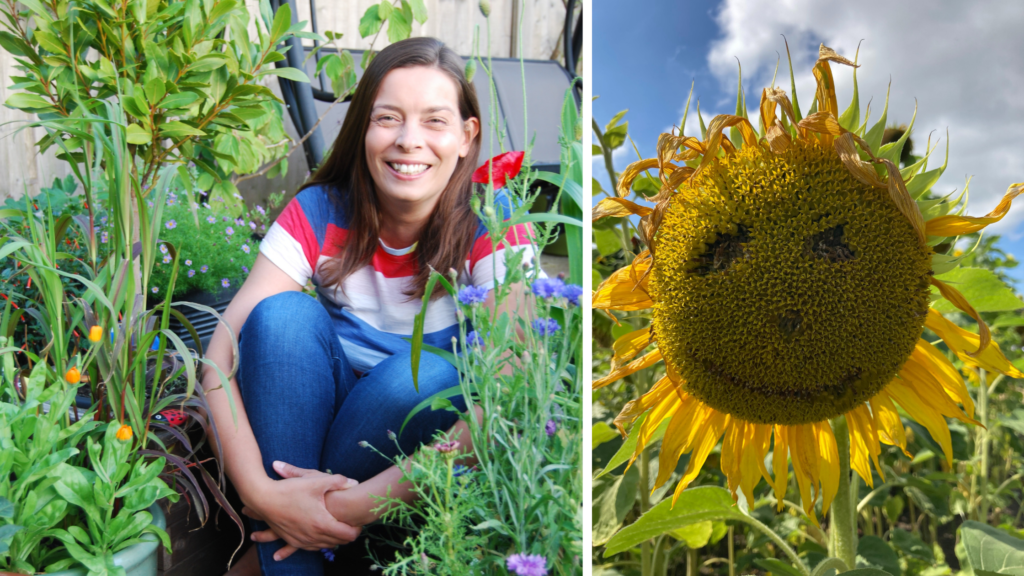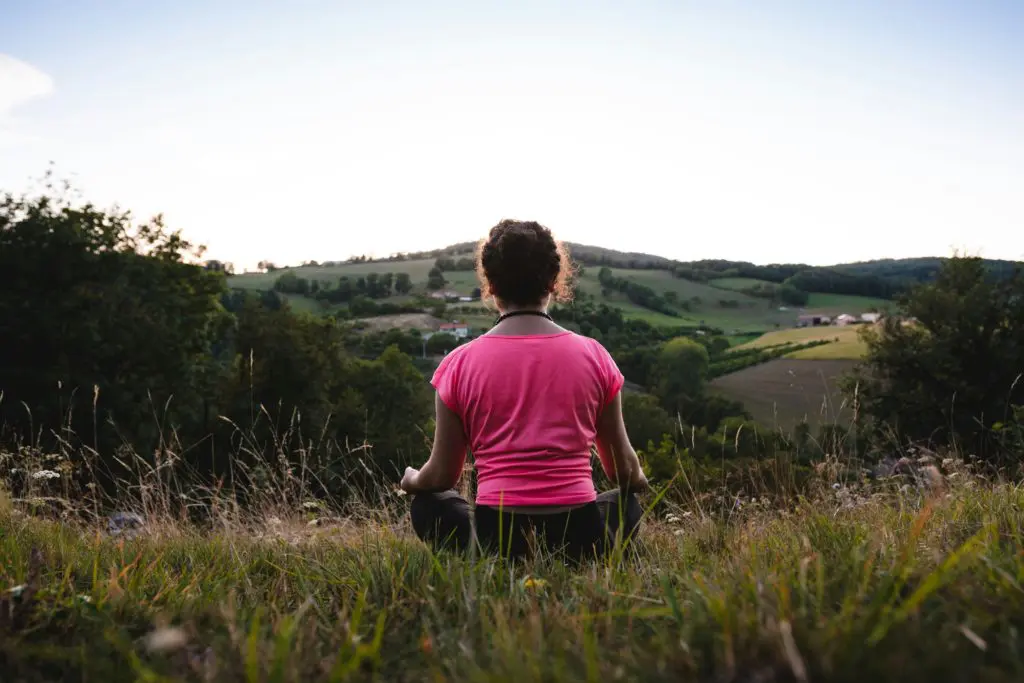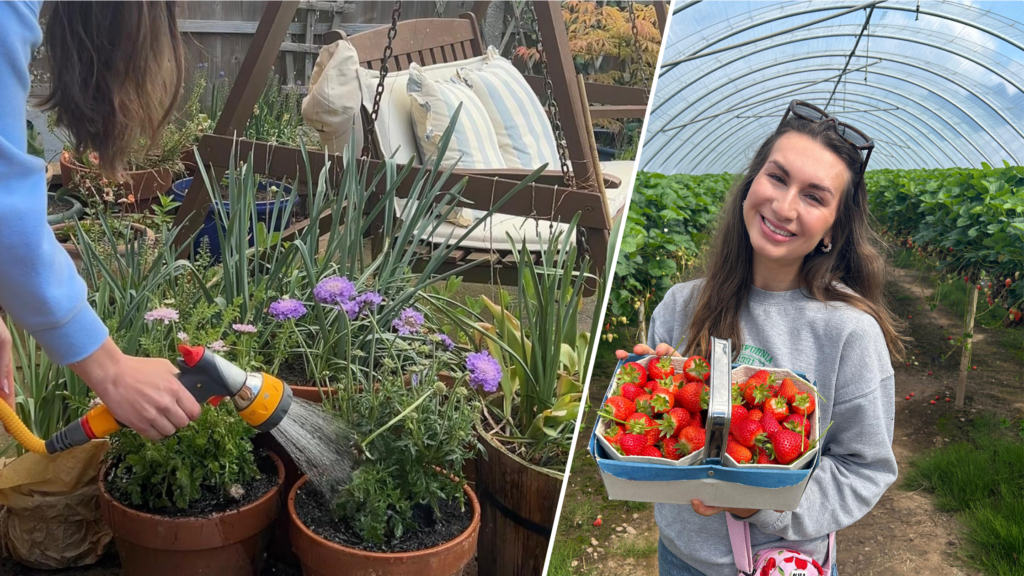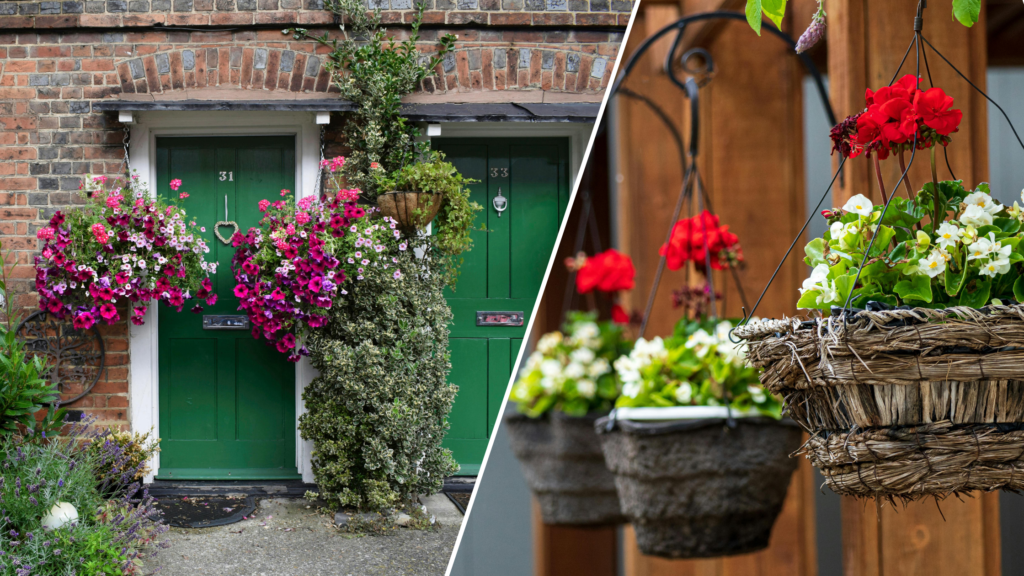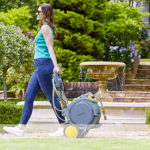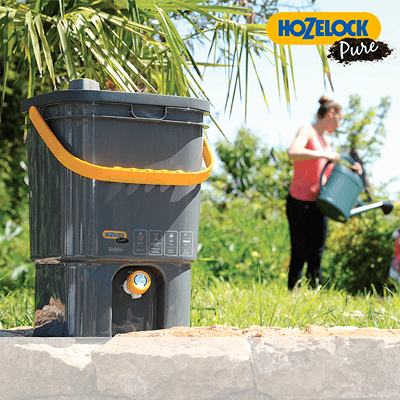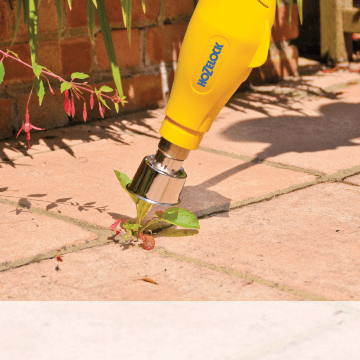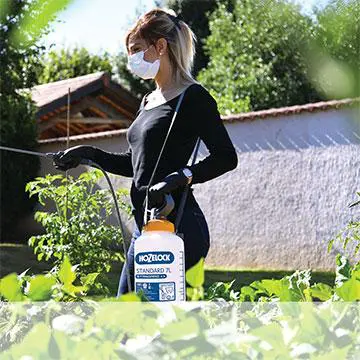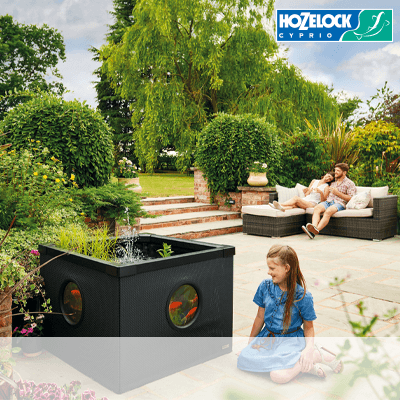Imagine stepping out into your garden and picking fresh strawberries for your morning porridge, plucking crisp salad leaves for lunch, or gathering herbs for a Sunday roast, all from your very own edible garden.
Creating an edible landscape is not only achievable, but also hugely rewarding (and tastier than a lawn!).
Let’s dig into how you can transform your outdoor space, big or small, into a beautiful, productive haven full of fruits, vegetables, and herbs that thrive in the UK climate.
What is an Edible Landscape?
An edible landscape combines the aesthetic appeal of traditional garden design with the practicality of growing food. Instead of just flowers and shrubs, you design with fruit trees, berry bushes, veg patches, and herbs, all arranged to be pleasing to the eye and your taste buds.
The great thing? It doesn’t have to look like an allotment. Think curved beds of rainbow chard and purple kale, fragrant thyme spilling over a path, or apple trees trained along a fence.
Where Can You Create an Edible Landscape?
If you’ve got space, the sky’s the limit. Here are some ideas to get you growing:
If you’re working with a patio, balcony, or just a few pots, you can still enjoy a surprisingly productive edible landscape:
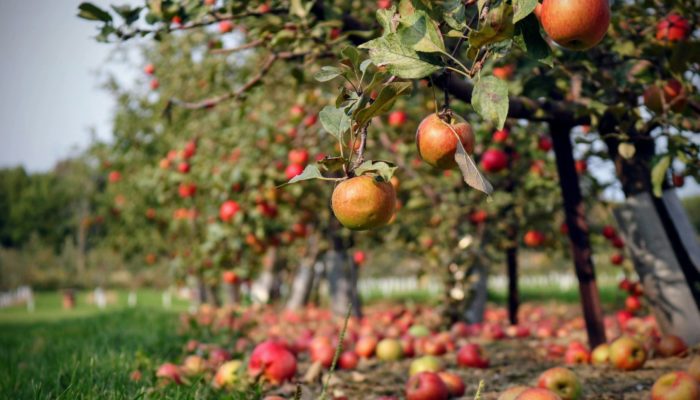
- Plant a Mini Orchard: Apple, pear, plum and cherry trees all grow well in the UK. Choose traditional or dwarf rootstocks depending on how much room you’ve got. A mix of early and late varieties means fruit from summer to autumn.
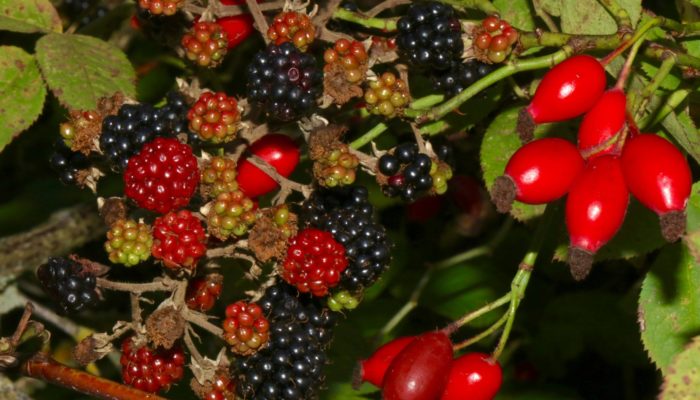
- Create Layered Planting: Use the “food forest” method—tall trees, underplanted with shrubs (like currants and gooseberries), followed by low-growers (like strawberries or herbs).
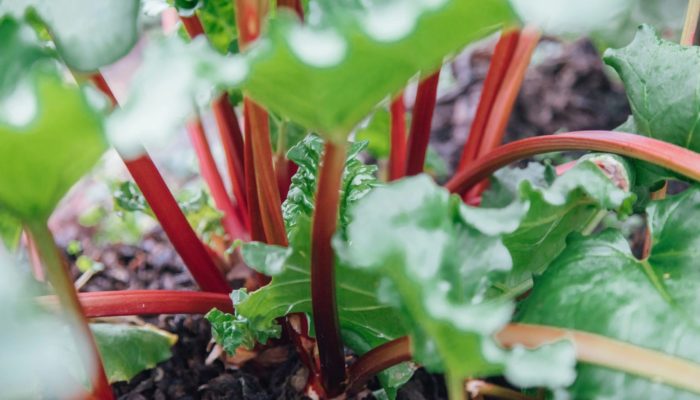
- Add Perennial Veg: Globe artichokes, asparagus, and rhubarb come back year after year with minimal effort.
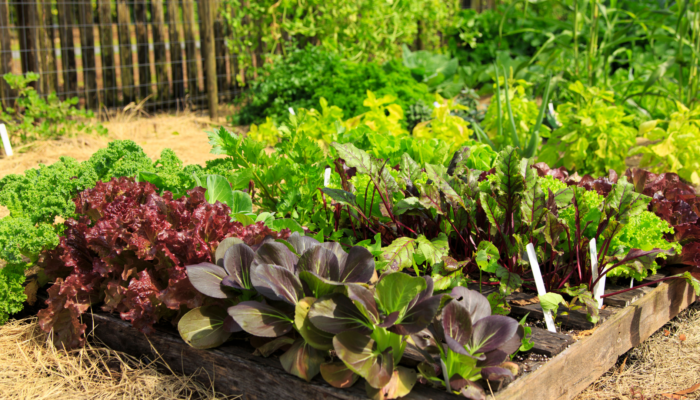
- Grow in Rows or Raised Beds: Traditional rows or attractive raised beds make it easier to manage and rotate crops like carrots, beetroot, leeks, and broad beans.
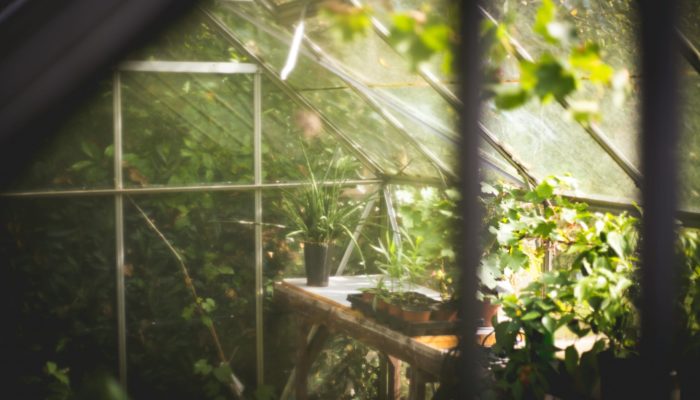
- Include a Greenhouse or Polytunnel: This can extend your season and let you grow more exotic edibles like chillies, aubergines, and cucumbers.
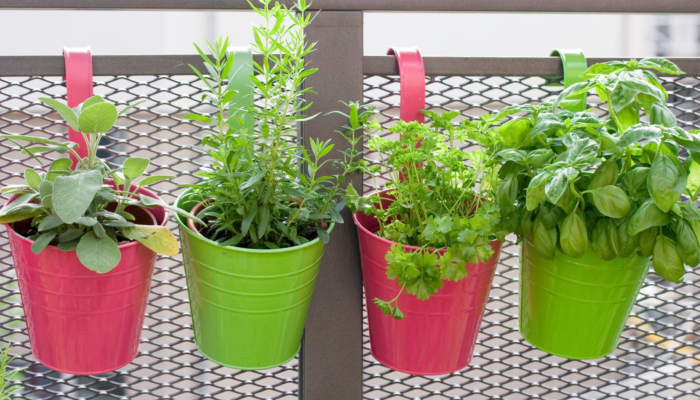
- Go Vertical: Use shelves, trellises, or hanging baskets to grow upwards. Tomatoes, peas, runner beans, and even strawberries love to climb.

- Pot Up Herbs: Rosemary, basil, chives, mint, and parsley are easy to grow in containers and handy for cooking.
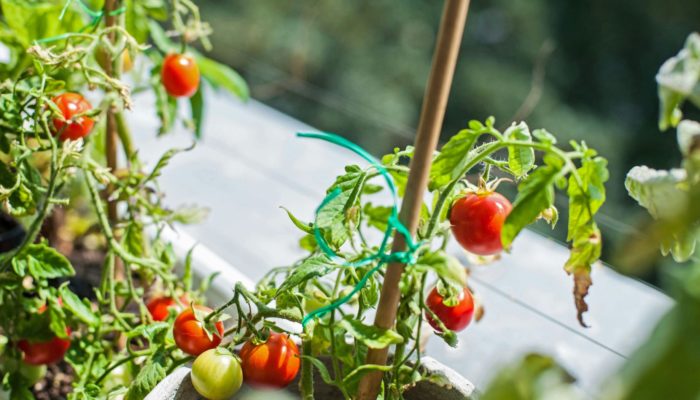
- Try Dwarf and Compact Varieties: ‘Patio’ tomatoes, mini courgettes, and container-friendly potatoes can thrive in pots.
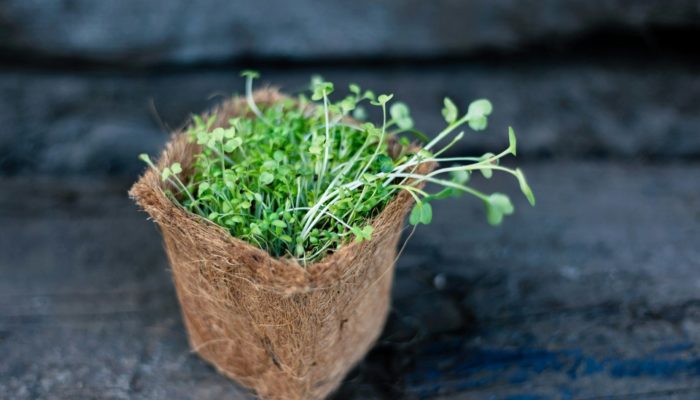
- Windowsill Edibles: Salad leaves, radishes, and microgreens grow quickly in trays—ideal for those with no outdoor space at all.
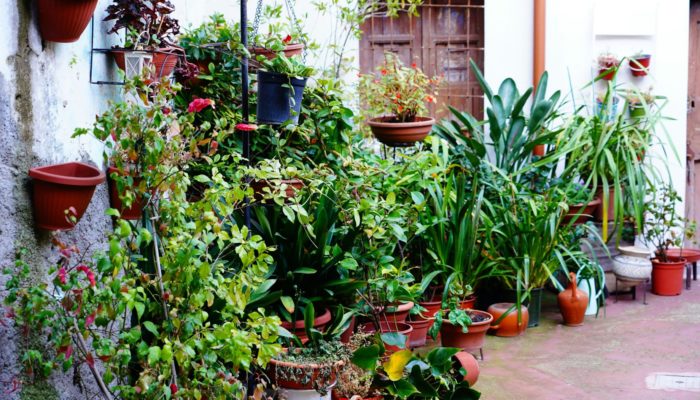
- Get Clever With Space: Use tiered planters or stackable systems to maximise your growing area.
The UK’s temperate climate means we can grow a good range of edibles with a little planning. Here are some reliable favourites:
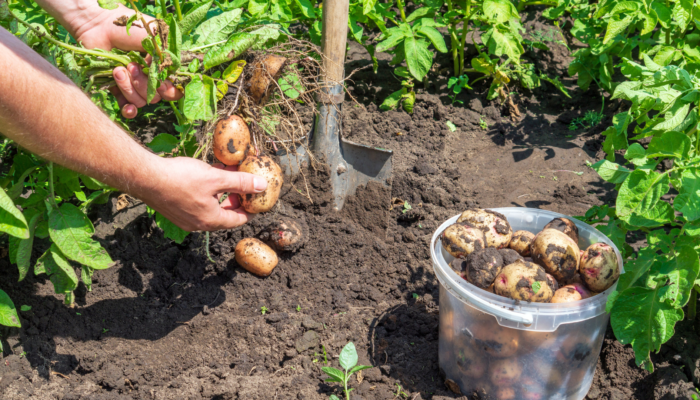
- Vegetables: Potatoes, carrots, leeks, cabbages, kale, peas, runner beans, courgettes, and onions.
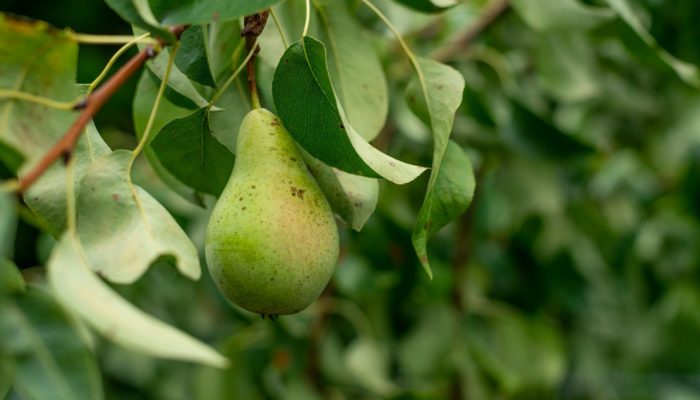
- Fruits: Apples, pears, plums, cherries, strawberries, raspberries, gooseberries, and blackcurrants.
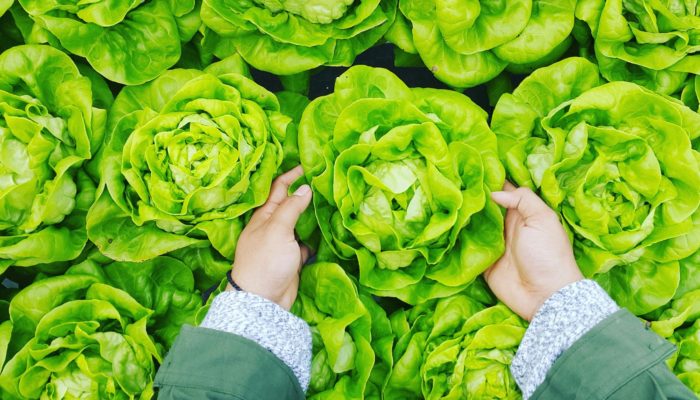
- Salads: Lettuce, rocket, spinach, mustard leaves, and chard.

- Herbs: Mint, rosemary, thyme, sage, chives, and parsley.
Tips for a Thriving Edible Garden
- Start Small: Begin with a few easy wins like herbs or salad leaves and expand as your confidence grows.
- Think About Sunlight: Most edibles need at least 6 hours of sun per day, south-facing spots are best.
- Feed the Soil: Good compost, well-rotted manure, and mulch go a long way. Healthy soil = healthy plants.
- Mix It Up: Combine flowers with edibles to attract pollinators and deter pests naturally. Marigolds and nasturtiums are great companions.
- Keep Harvesting: Many crops, like salad leaves and beans, will keep producing the more you pick.
Whether you dream of a fruit-filled forest or just want to pick your own herbs without leaving the kitchen, edible landscaping is all about working with what you’ve got. Every garden, no matter how small, has potential, and the taste of home-grown produce is always worth the effort.
So go on, plant a few edibles this season. Your garden – and your plate – will thank you!




